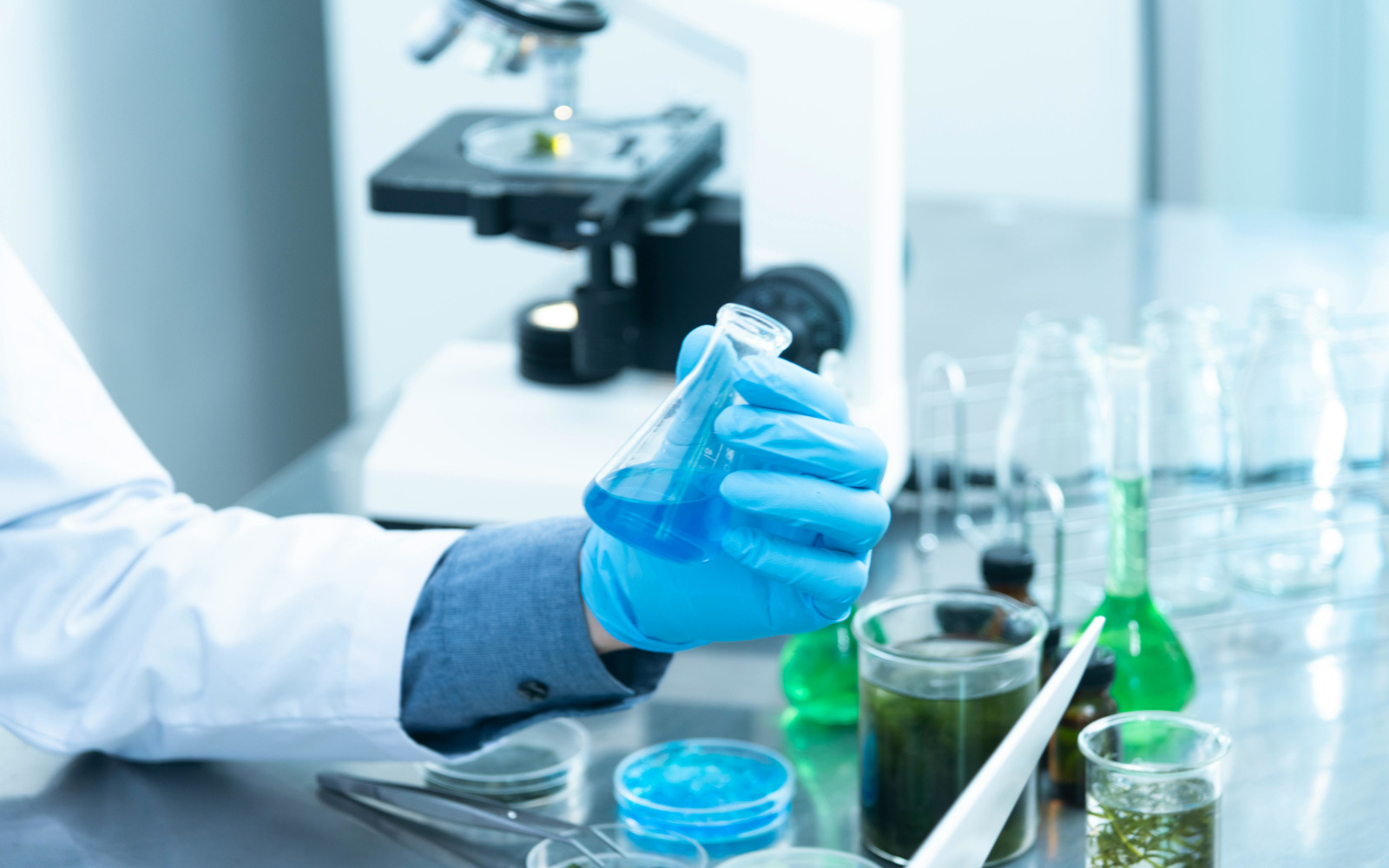The chemical manufacturing industry is characterized by the use of a wide range of hazardous gases, each with unique properties and risks. Proper monitoring and control of these gases are essential to maintaining a safe working environment and ensuring regulatory compliance.
This article explores the common gases used in chemical manufacturing, the risks associated with their exposure, advanced gas detection technologies, and best practices for ensuring safety.
Common Gases and Their Uses in Chemical Manufacturing
- Ammonia (NH₃): Used in the production of fertilizers, cleaning products, and as a refrigerant. Ammonia can cause severe respiratory distress, skin irritation, and eye damage upon exposure.
- Chlorine (Cl₂): Utilized in water treatment and the production of plastics and other chemicals. Chlorine is highly toxic, with the potential to cause respiratory failure and severe health issues even at low concentrations.
- Hydrogen Sulfide (H₂S): Often encountered in petrochemical processing and natural gas refining. It is extremely toxic and can cause respiratory paralysis and death with prolonged exposure.
- Nitric Oxide (NO) and Nitrogen Dioxide (NO₂): By-products of various chemical reactions, particularly in the production of nitric acid and fertilizers. These gases are toxic and contribute to environmental issues like smog and acid rain.
- Sulfur Dioxide (SO₂): Used in the production of sulfuric acid and as a preservative. Exposure can lead to respiratory problems and irritation of the eyes and throat.
- Hydrogen (H₂): Widely used in hydrogenation processes and as a fuel. While not toxic, it poses a significant explosion risk due to its highly flammable nature.
Risks of Gas Exposure in Chemical Manufacturing
The risks associated with these gases vary, ranging from acute effects like respiratory distress and skin burns to long-term health issues such as chronic lung damage and cancer.
For instance, ammonia can be explosive at certain concentrations, while chlorine and hydrogen sulfide are highly toxic and can be fatal in high doses. The handling of these gases requires stringent safety protocols to prevent accidents, health hazards, and environmental damage.
Advanced Gas Detection Technologies
To manage these risks, advanced gas detection technologies are employed in chemical manufacturing facilities. Key technologies include:
- Fixed Gas Detectors: These are crucial for continuous monitoring in specific locations such as storage areas and production lines. Fixed detectors provide early warning systems by continuously sampling air for hazardous gas concentrations.
- Portable Gas Detectors: These devices are essential for on-the-spot monitoring and are particularly useful for maintenance workers in confined spaces. They offer flexibility and can detect multiple gases simultaneously.
- Sensor Technologies: Various sensor technologies are used, including:
- Catalytic Bead Sensors: Ideal for detecting flammable gases.
- Infrared Sensors: Effective for detecting hydrocarbons and carbon dioxide.
- Electrochemical Sensors: Used for detecting toxic gases like carbon monoxide and hydrogen sulfide.
Best Practices and Safety Protocols
- Regular Calibration and Maintenance: Ensuring that detection systems are regularly calibrated and maintained is crucial for accurate readings.
- Comprehensive Gas Detection Strategy: Combining fixed and portable detectors provides a layered approach to safety. Fixed detectors cover general areas, while portable detectors allow for more specific monitoring, especially in hard-to-reach areas.
- Emergency Response Planning: A well-developed emergency response plan, including evacuation procedures and access to protective equipment, is vital for managing potential gas leaks.
- Continuous Training and Awareness: Ongoing training programs help ensure that all personnel are aware of the risks and know how to use detection equipment correctly.
The safe handling of gases in the chemical manufacturing industry requires a combination of advanced technology and diligent safety practices. Interscan offers reliable gas detection systems, such as the AccuSafe fixed detectors and GasD 8000 portable analyzers, designed to meet the industry’s rigorous standards.
For more information or to request a quote for an Interscan gas detection system, contact us today. Implementing these systems can significantly enhance safety and operational efficiency in your facility.


